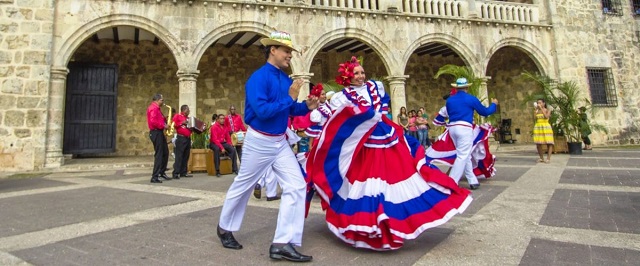The Meringue
His influences are Spanish, African and indigenous, and his lyrics narrate everyday life from the country. His basic musical training was composed of the cuatro, the güiro and the tambora, But in 1870 the accordion replaced the four, and the saxophone, the bass and piano. One of the "merengueras" variants of the late nineteenth century was the "perico ripiao ", originally from Santiago de los Caballeros. It was played in a place called Perico Ripiao by a musical group that replaced the guitar with the accordion. His training is based on tambora, accordion and güira.

Despite the boom that meringue gained within the popular masses, the upper class did not accepted because his literary texts lacked lyrical elegance, in addition to his connection with African music, but the taste of its rhythm allowed him to reach the party venues habitual, added this to the efforts of a group of learned musicians who made a great campaign to be introduced to the classrooms. Today it has countless exponents who have toured the continents.
During the colonial period, the inhabitants of Santo Domingo listened mostly to music imported from Europe, but there was also a significant exchange with the other Spanish colonies in the Caribbean. The Latin American adaptation of Spanish contradanza was very popular throughout the region, where it later developed in ways such as dance (still existing in Puerto Rico), danzón (in Cuba), and other related genres. The calenda of African origin is also found in many of the islands and currently survives in various forms found in Martinique, Trinidad and Carriacou (Granada).